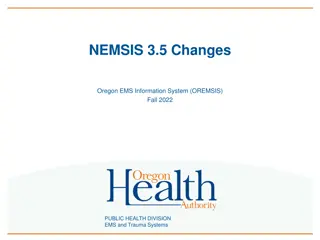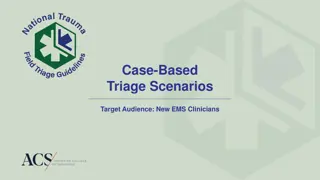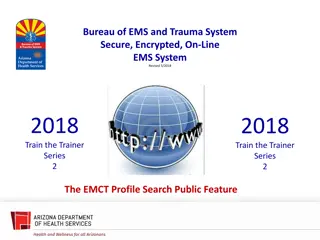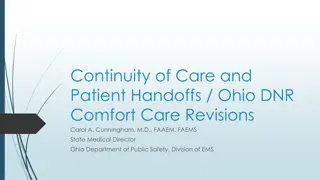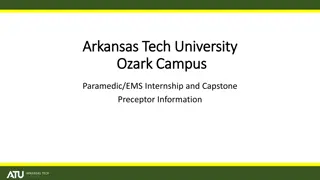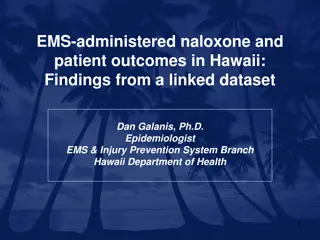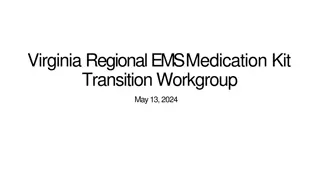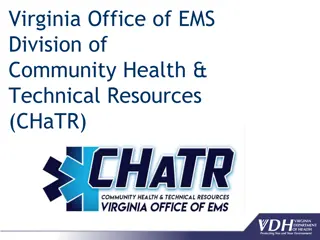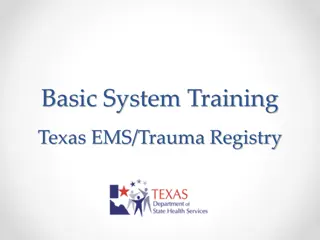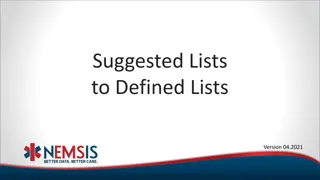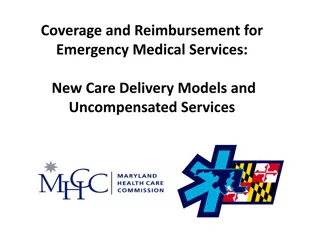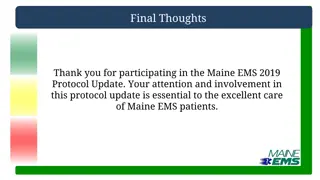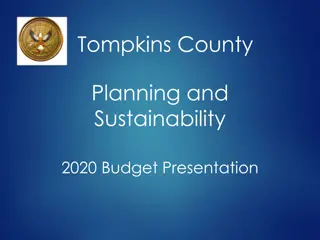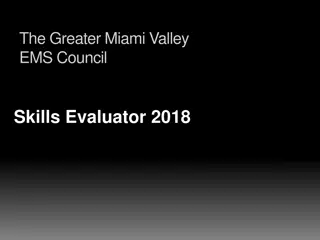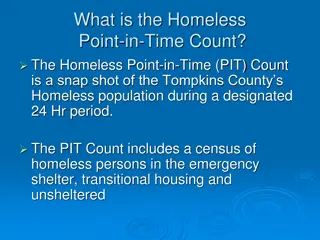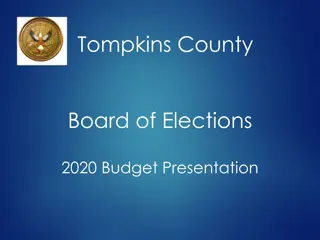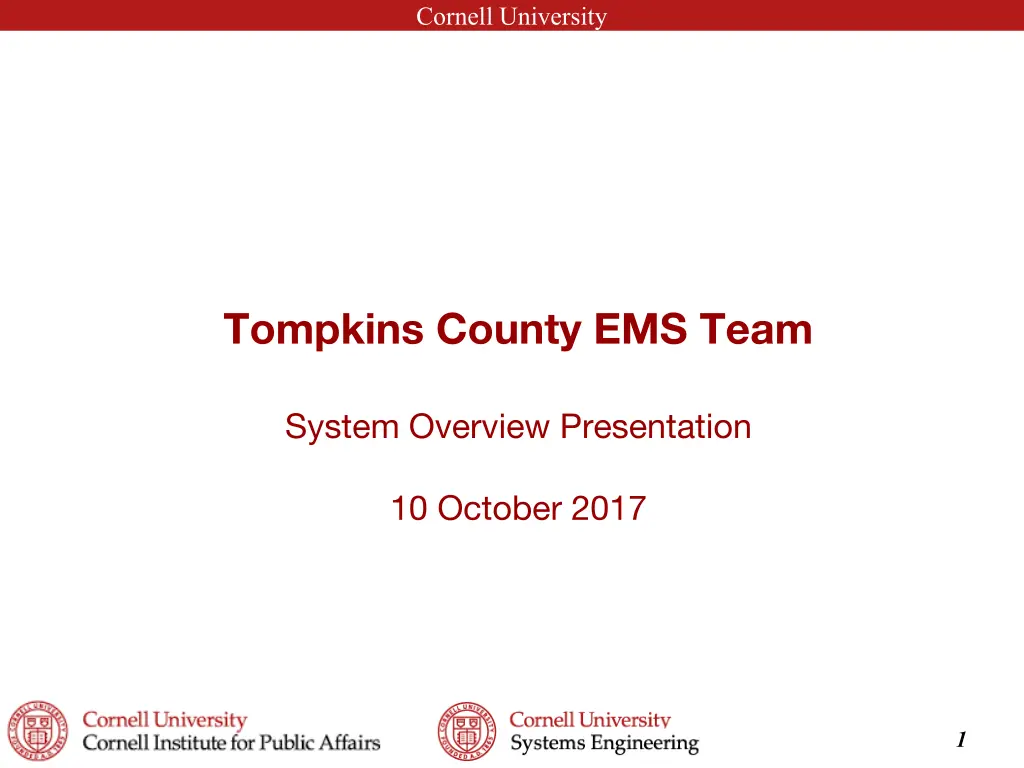
Cornell University EMS System Overview Presentation October 2017
Explore Cornell University's EMS team system engineering tools, influence diagrams, IDEF0 models, and organizational structures. Discover their system goals, including optimizing resources, increasing volunteer numbers, and managing expectations effectively for a reliable EMS system.
Download Presentation

Please find below an Image/Link to download the presentation.
The content on the website is provided AS IS for your information and personal use only. It may not be sold, licensed, or shared on other websites without obtaining consent from the author. If you encounter any issues during the download, it is possible that the publisher has removed the file from their server.
You are allowed to download the files provided on this website for personal or commercial use, subject to the condition that they are used lawfully. All files are the property of their respective owners.
The content on the website is provided AS IS for your information and personal use only. It may not be sold, licensed, or shared on other websites without obtaining consent from the author.
E N D
Presentation Transcript
Cornell University Tompkins County EMS Team System Overview Presentation 10 October 2017 1
Cornell University Agenda System Engineering Tools Influence Diagram IDEF0 Mind Mapping System Goals Elicitation Activity #1 System Requirements Elicitation Activity #2 Proposed Solution Structure Future Steps 2
Cornell University Influence Diagram State Regs Regional Regs Federal Regulations County Regs Local Government Hospital(s) 911-EMS System Community Volunteer population Tax payers Roads Demand population Culture 3
Cornell University IDEF0 Model Constraints/ Limitations Function Inputs Outputs Resources/ Mechanisms 4
Cornell University Organizational IDEF0 Mutual Aid Agreement Government Transportation Network Regulations/ Policy/ Law Standard Care/ Shared Understanding Budget/ Funding Patient Requires Care County Population Basic Lifesaving/ First Response Non-Emergency Assistance Provide Emergency Medical Services Advanced Lifesaving A0 Patient Calls 911 Transportation to Hospital Local Police Departments Volunteer Marketing Local Fire Departments Response Levels 911 Dispatch Ambulance Company 5
Cornell University Mind Mapping 6
Cornell University System Goals Shared Vision/ Manage Expectations Engage/ Develop/ Recruit Acute Demand Optimize Resources Increase the number of volunteers in Tompkins County Maximize the effectiveness of current resources Address daytime shortages immediately Make the EMS system reliable for the patient Provide a Rescue Squad First Responder Volunteer initially, every time Reduce stress on the emergency room and ambulances Increase retention of volunteers in Tompkins County Manage expectations in policy for the public Create a shared understanding of procedure for local government Loosen regulatory constraints Make the EMS system cost effective Decrease non- emergency calls Make the patient happy with care from initial assessment to arrival at the hospital 7
Cornell University System Requirements Activation/ Response First Response Life Saving Care Transportation Respond with lowest tiered asset Follow all regional, state, federal laws Transport to hospital, if necessary Receive call from patient Minimize transportation time to hospital Associate response code Assess for further care Arrive at patient quickly Communicate continuously Retain mass casualty incident plan Patient-care transfer at hospital Identify assets available Use pre-existing transportation network Maximize care to patient population Send First Responder Hospital treats patient Retain redundant response capacity Provide update to patient if delayed Understand effect of hazardous weather on operations Retain mutual aid agreement Provide appropriate response for non- emergency calls 8
Cornell University Proposed Solution Structure Develop several solution options to each sub-problem Present options, with associated projected outcomes, buffet-style Work collaboratively to choose final solution preference Feb 18 May 18 Dec 17 Sub-Problems Solution Options Solution Preferences Complete Solution Choose Problem Optimize & Compile Choose Choose 9
Cornell University Future Steps Continue Literature Review- Generate Recommendations Volunteer Retention Regulatory Adjustments Certification Procedures Best Practices Data Collection and Methodology Acute Issues (When?/ Where?) Solution Option Development Straw Man Engine 99 County Volunteer Force County Certification Process Blend Identify and Implement Solution Preferences 10
Cornell University Questions 11

